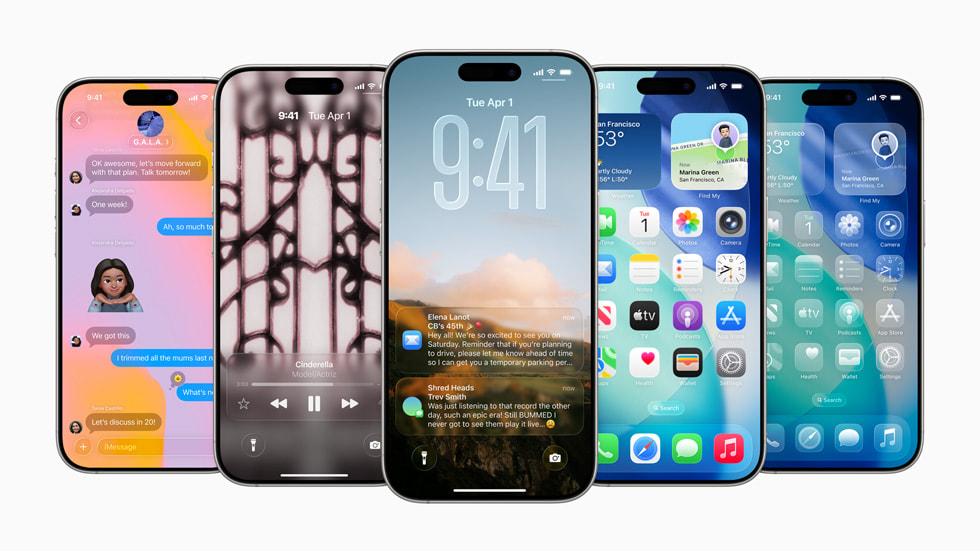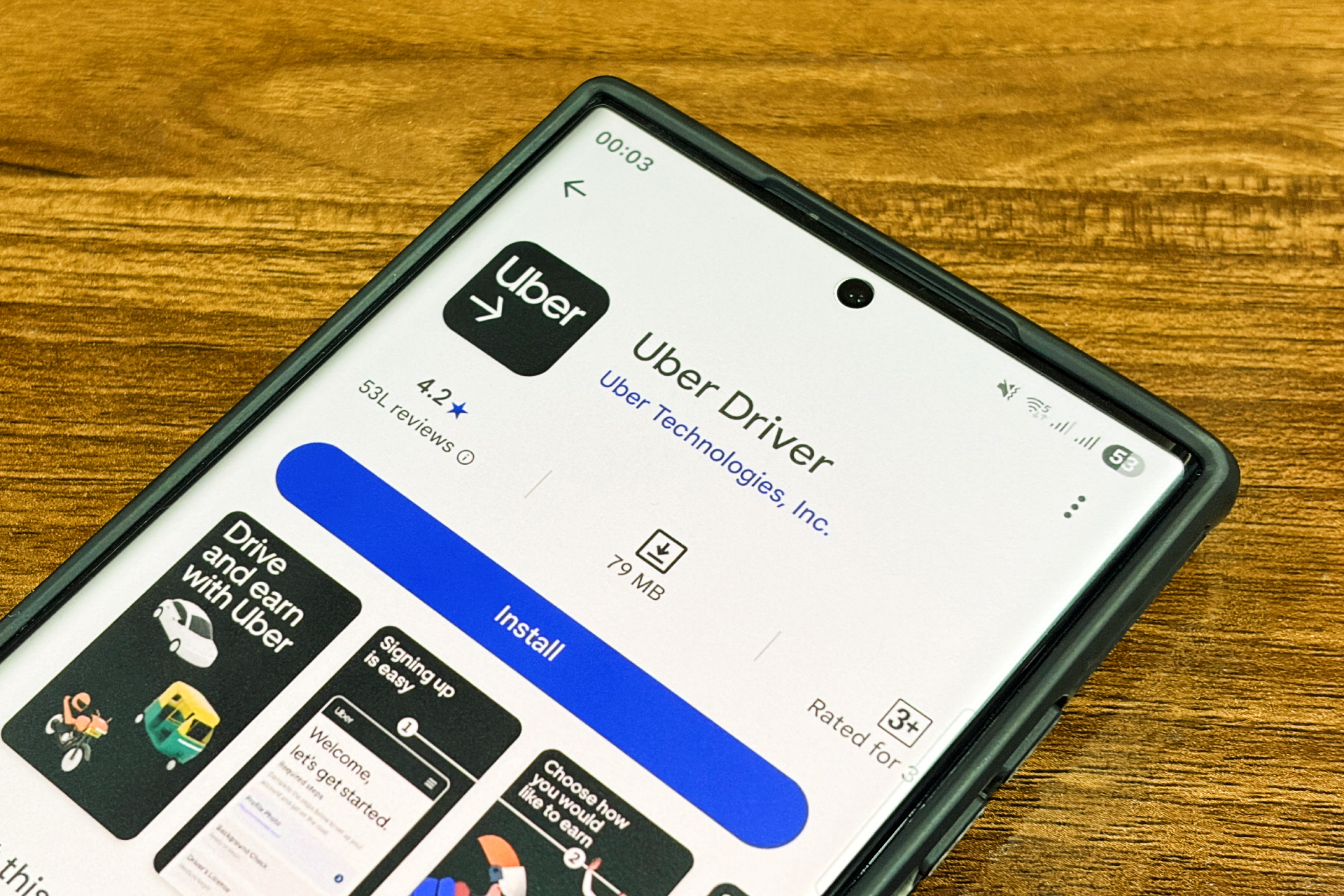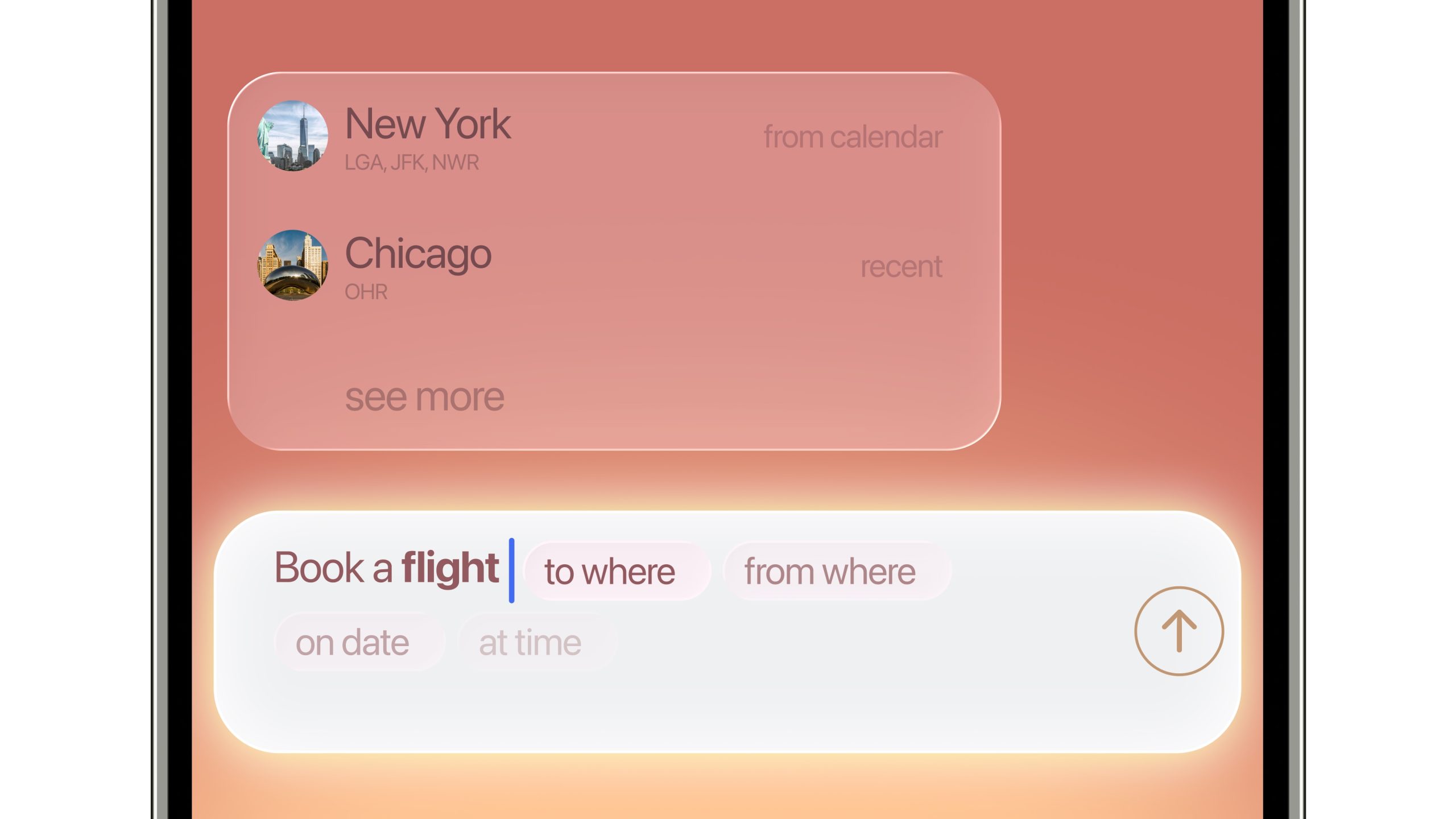
The initial beta release of iOS 26.2, made available last week, offers a glimpse into Apple’s ongoing commitment to refining the user experience across its expansive ecosystem. This significant point update introduces a suite of enhancements, ranging from deeper aesthetic customization options for the iPhone’s Lock Screen to crucial productivity tools and expanded international capabilities, signaling Apple’s adaptive strategy in a dynamic technological landscape. The public rollout of iOS 26.2 is widely anticipated to occur sometime in December, bringing these new functionalities to a broad user base before the close of the year.
The Iterative Evolution of iOS
Apple’s approach to its mobile operating system, iOS, has long been characterized by a blend of foundational annual updates and subsequent iterative point releases. Each year, the Worldwide Developers Conference (WWDC) serves as the platform for unveiling the next major version of iOS, introducing groundbreaking features and fundamental architectural changes. Following this, a series of beta releases allows developers and public testers to explore and provide feedback on the upcoming software, ironing out bugs and fine-tuning functionalities. Point updates, such as iOS 26.2, typically build upon the core framework of the main annual release (iOS 26 in this instance), introducing refinements, minor new features, and critical bug fixes that enhance stability and user satisfaction. This continuous development cycle ensures that the operating system remains cutting-edge, responsive to user needs, and compliant with evolving global standards.
Personalizing the Interface: Liquid Glass Customization
A standout visual enhancement in iOS 26.2 beta 1 is the introduction of advanced customization for the "Liquid Glass" appearance of the Lock Screen clock. This interface, a hallmark of Apple’s modern design philosophy, has been evolving since its initial unveiling, aiming to blend functionality with a sleek, minimalist aesthetic. The latest update empowers users with a new slider, offering granular control over the opacity of the Lock Screen clock display. This ranges from a nearly transparent presentation, allowing more of the background wallpaper to show through, to a more frosted, opaque look that makes the time more distinct. Users will also retain the option to disable the Liquid Glass effect entirely, catering to diverse preferences.
This move toward greater personalization reflects a broader trend in the smartphone industry, where user choice and individual expression are increasingly valued. For years, Apple was known for its more controlled, curated user experience. However, recent iOS iterations have seen a significant shift, offering more options for widgets, wallpaper customization, and focus modes. This particular enhancement speaks to a subtle yet significant evolution in Apple’s design philosophy, acknowledging the desire of its vast user base to make their devices truly their own. The ability to fine-tune visual elements like the clock’s opacity not only enhances aesthetics but also contributes to a more integrated and personal digital environment, allowing the device to feel more like an extension of the user.
Elevating Productivity: Alarms in Reminders
Another highly anticipated feature making its debut in iOS 26.2 is the integration of an alarm function directly within the Reminders app. For a long time, users have sought a more robust notification system within Reminders, often relying on separate calendar entries or third-party applications to ensure critical tasks were not overlooked. With this update, when creating a reminder, users can now select a specific time and activate an "Urgent" option, which will trigger an alarm at the designated moment. This capability transforms Reminders from a passive list-keeping tool into a more proactive task manager, capable of demanding immediate attention.
The evolution of the Reminders app itself illustrates the growing reliance on digital tools for daily organization. Initially a simple checklist, it has gradually incorporated location-based alerts, shared lists, and subtasks. The addition of an alarm capability addresses a critical gap, particularly for time-sensitive obligations. In an increasingly busy world, where individuals juggle professional duties, personal appointments, and myriad other commitments, the ability of a native app to provide an undeniable auditory alert is invaluable. This feature not only streamlines workflows by centralizing task management and alerts but also potentially reduces the cognitive load associated with remembering crucial deadlines, thereby enhancing overall productivity and reducing instances of forgotten tasks. The positive social impact stems from fostering better time management habits and reducing stress associated with missed deadlines.
Breaking Language Barriers: Live Translation Expands to the EU
A significant step towards global connectivity and accessibility is the expansion of live translation capabilities on AirPods to users within the European Union. This feature, which leverages Siri to provide real-time translations through AirPods when someone speaks in another language, was initially introduced with iOS 26 for users in the U.S. and a select few other countries. Its delayed rollout in the EU for iOS 26.2 underscores the complexities of navigating diverse regulatory landscapes, particularly the stringent requirements of the EU’s Digital Markets Act (DMA).
The DMA, a landmark piece of legislation enacted by the European Union, aims to ensure fair and open digital markets by imposing strict rules on large online platforms designated as "gatekeepers." These rules cover various aspects, including interoperability, data sharing, and anti-competitive practices. For Apple, integrating a feature like live translation, which involves processing and potentially sharing language data, required meticulous adjustments to ensure full compliance with the DMA’s provisions concerning user data privacy, consent mechanisms, and the prevention of data lock-in. This regulatory hurdle highlights the intricate balance technology companies must strike between innovation and adherence to regional legal frameworks.
The expansion of live translation is poised to have a profound social and cultural impact. In an increasingly interconnected world, language barriers can impede communication, travel, and international business. Real-time translation technology, powered by advancements in artificial intelligence and natural language processing, acts as a bridge, fostering greater understanding and facilitating smoother interactions across linguistic divides. For tourists, business travelers, and individuals engaging in cross-cultural dialogues, this feature on AirPods offers an unprecedented level of convenience and immediacy, making global communication more accessible and intuitive. Historically, translation has evolved from manual human interpretation to sophisticated machine translation services, and now, with AI and wearable technology, it’s becoming seamlessly integrated into our daily lives, transforming how we interact globally.
Enhancements Across Apple Services
Beyond the headline features, iOS 26.2 beta 1 introduces a range of improvements across Apple’s suite of integrated services, reinforcing the company’s ecosystem strategy.
Apple News: Streamlined Content Discovery
The Apple News app is receiving a notable update with the addition of a new "Following" tab in the bottom navigation bar. This dedicated section will serve as a centralized hub for users to access their favorite news sources, saved stories for later reading, and their browsing history. Complementing this, new quick access buttons will allow users to effortlessly navigate to specific content categories such as Food, Politics, Puzzles, and Sports. These enhancements are designed to improve content discoverability and personalize the news consumption experience, making it easier for users to stay informed on topics most relevant to them. In a crowded digital news landscape, where users often feel overwhelmed by information, Apple’s focus on curated access and personalization aims to create a more engaging and less fragmented reading experience.
Apple Podcasts: Intelligent Navigation and Discovery
The podcasting experience is also being enriched with innovative features. iOS 26.2 introduces AI-generated chapters for podcast episodes, a significant step forward in making long-form audio content more navigable. This AI-driven segmentation allows listeners to jump directly to specific topics or segments within an episode, enhancing convenience and saving time. Furthermore, a "Podcast Mentions" function will automatically detect when a podcast host references another show during an episode and embed a direct link to that mentioned show in the episode description. This intelligent linking fosters greater discoverability within the vast podcast ecosystem, promoting cross-pollination of audiences and enriching the listening experience by providing context and easy access to related content. These features reflect the ongoing battle for supremacy in the podcasting market, with Apple aiming to maintain its leadership against fierce competition from platforms like Spotify and YouTube.
Apple Music: Offline Lyrics Support
For music aficionados, Apple Music is gaining offline lyric support. This highly requested feature enables subscribers to view song lyrics even when their device is not connected to a Wi-Fi or cellular network. Whether traveling, commuting through areas with patchy reception, or simply conserving data, users can now enjoy a fully immersive listening experience with lyrics readily available. This enhancement adds significant value to the Apple Music subscription, ensuring a consistent and uninterrupted experience that caters to the diverse usage patterns of its global subscriber base. The availability of offline lyrics aligns with the broader trend of digital services prioritizing offline functionality to enhance user convenience and accessibility.
Accessibility: Enhanced Notification Cues
Demonstrating its unwavering commitment to inclusivity, Apple is adding an accessibility feature that allows the iPhone’s screen to flash when a notification is received. This visual cue, which can be activated within the Settings app under the Accessibility menu, provides an alternative or supplementary notification method for users who may have hearing impairments or prefer a visual alert in certain environments. This thoughtful addition underscores Apple’s philosophy of designing technology that is accessible to as many people as possible, ensuring that everyone can interact with their devices effectively and efficiently. It builds on a long history of accessibility innovations, from VoiceOver to haptic feedback, making technology more equitable.
Looking Ahead
The release of iOS 26.2 beta 1 serves as an important indicator of Apple’s strategic direction. The collection of features—from enhanced customization and productivity tools to global translation capabilities and service refinements—highlights a multi-faceted approach. Apple is not only responding to direct user feedback and market trends by offering more control over the device’s appearance and functionality but also actively navigating complex regulatory environments like the EU’s Digital Markets Act. Concurrently, the integration of AI in features like podcast chapters and live translation showcases a clear commitment to leveraging advanced technologies to enrich the user experience. As the public release draws nearer in December, these updates are expected to further solidify the iOS ecosystem, offering users a more personalized, productive, and globally connected digital experience.





